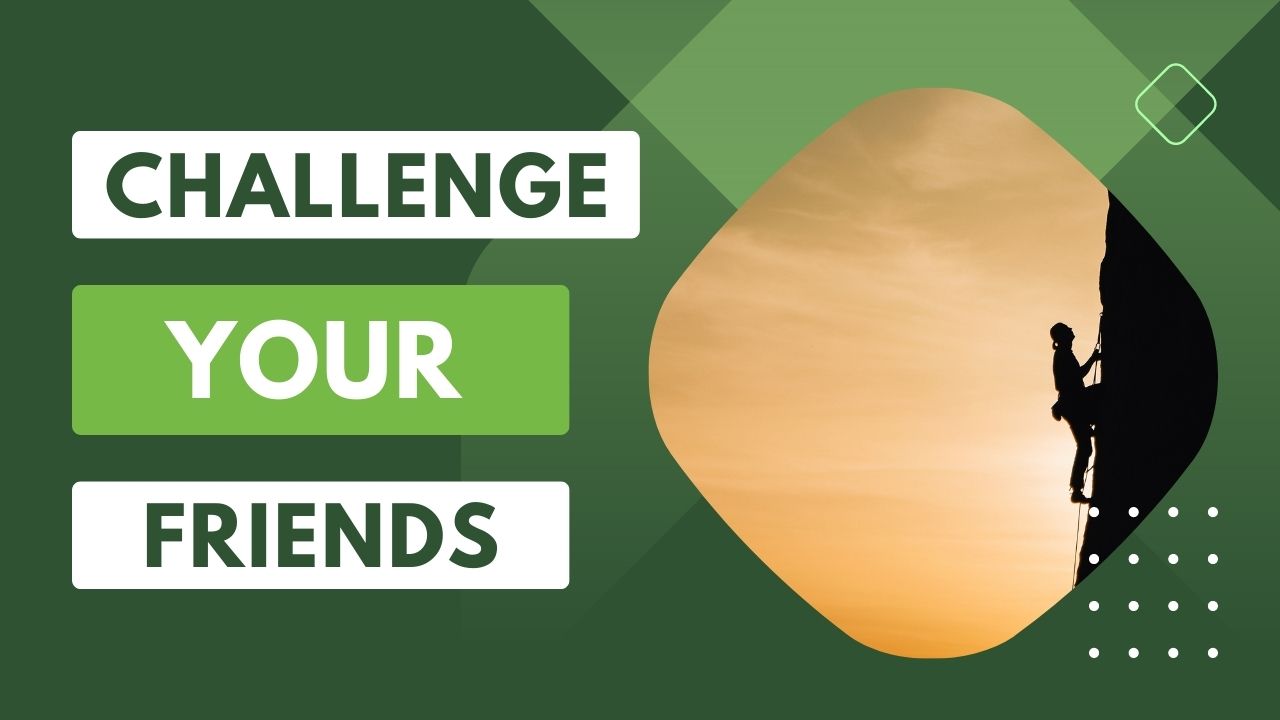Peer learning, also known as peer teaching or peer education, is an educational approach that involves students learning from and with their peers. In this method, students of similar age groups or learning levels work together in small groups or pairs to share knowledge, exchange ideas, and help each other understand various subjects or concepts. Peer learning can take place both inside and outside the classroom setting.

How Peer Learning Works
In a peer learning environment, students take on the roles of both learners and teachers. They teach and explain concepts to each other, discuss course material, collaborate on projects, and provide feedback on each other’s work. This process allows students to actively engage with the subject matter, reinforcing their understanding and retention of information.
Peer learning can be facilitated through various activities, such as group discussions, study sessions, peer tutoring, group projects, and interactive learning exercises.
Exam Practice within Peer Groups
As we know that we learn things faster in a competitive environment, we suggest exam practice within peer groups. Now it’s very simple with myCBSEguide app. You just need to create a challenge, attempt it and share the same with your friends. You can also access it on myCBSEguide Student Dashboard.
It will not only help you sharpen your skills but also make learning a fun activity. Here is a video tutorial that will certainly guide you while creating your first challenge quiz.
Role of Teacher in Peer Learning
It’s important to note that while peer learning is a valuable educational approach, it doesn’t replace the role of teachers or instructors. Teachers play a vital role in guiding, moderating, and providing structure to peer learning activities to ensure they align with the learning objectives and curriculum. When effectively integrated with traditional teaching methods, peer learning can enhance the overall learning experience for students.
Benefits of Peer Learning
Peer learning can be a highly effective strategy to help students score good marks in exams. Here are some ways in which peer learning can positively impact academic performance:
- Active Engagement: When students collaborate with their peers, they become active participants in the learning process. They are more likely to ask questions, discuss concepts, and actively share their knowledge. Active engagement enhances understanding and retention of information.
- Different Perspectives: Each student has a unique way of understanding and interpreting information. In a peer learning environment, students can exchange their perspectives, which can lead to a deeper understanding of the subject matter. Explaining concepts to peers also reinforces their understanding.
- Increased Motivation: Working with peers can create a sense of camaraderie and healthy competition. When students see their peers succeeding or making progress, it motivates them to perform better themselves.
- Immediate Feedback: Peer learning allows for immediate feedback. Students can correct each other’s mistakes and provide explanations when someone is stuck on a problem. Timely feedback helps students avoid repeating errors and strengthens their grasp of the material.
- Enhanced Communication Skills: Explaining concepts to peers improves communication skills. This skill is not only valuable for academic success but also in many aspects of life.
- Social and Emotional Support: Exam periods can be stressful for students. Peer learning provides a support network where students can share their anxieties, challenges, and triumphs, reducing feelings of isolation.
- Retention through Teaching: The saying “the best way to learn is to teach” holds. When students teach concepts to their peers, they reinforce their knowledge, leading to better retention of information.
- Identifying Knowledge Gaps: In peer learning settings, students may notice gaps in their knowledge when they encounter questions they can’t answer. This awareness helps them focus on areas that need improvement.
- Collaborative Learning: Peer learning promotes teamwork and collaboration, essential skills in both academics and future careers.
- Personalized Learning: In peer learning groups, students can address individual learning needs better. Peers can adapt explanations to suit the learning style of their classmates, making the learning experience more personalized.
- Exam Practice: Students can conduct mock exams or quizzes within their peer group. This allows them to practice exam-style questions, improve time management, and identify weak areas before the actual exam.
- Increased Confidence: Success in explaining concepts and helping others builds confidence in students, which can have a positive impact on their exam performance.
To make the most of peer learning, it’s important to establish a supportive and inclusive learning environment where all students feel comfortable contributing and learning from each other. Teachers can also play a role in guiding and moderating peer learning activities to ensure they remain productive and focused on the learning objectives.

Test Generator
Create question paper PDF and online tests with your own name & logo in minutes.
Create Now
Learn8 App
Practice unlimited questions for Entrance tests & government job exams at ₹99 only
Install Now